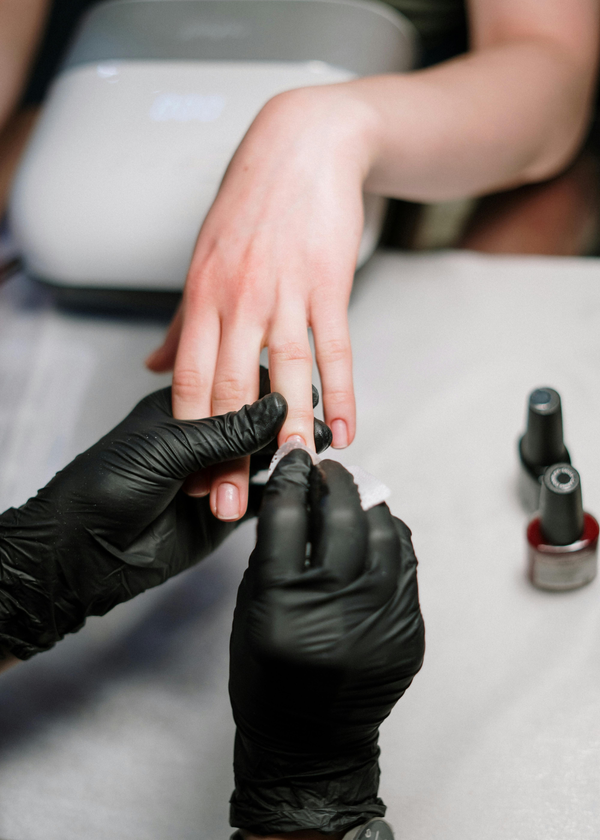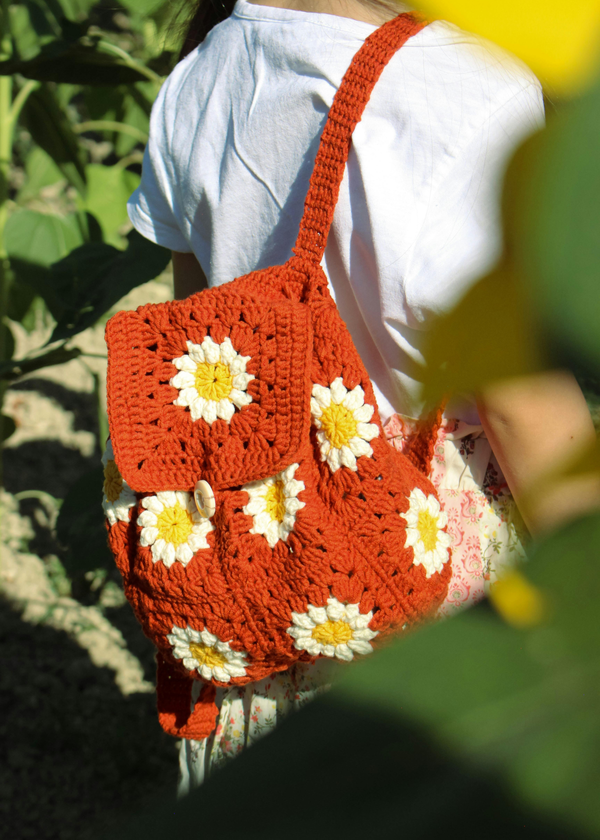Blue Lotus Tea, derived from the beautiful blue water lily, is an age-old beverage known for its intriguing effects and rich cultural history.
Not only is it cherished for its enchanting aroma and delicate flavor, but it's also celebrated for its potential wellness benefits.
However, when it comes to caffeine content, there's often confusion and mystery surrounding this mystical brew. In this comprehensive guide, we aim to answer the question: How much caffeine is in Blue Lotus Tea?
We'll delve into the origins, preparation, effects, and the caffeine content of this enchanting tea.
A Brief Introduction
To understand the caffeine content of Blue Lotus Tea, we first need to explore the origins and history of this captivating beverage.
1. The Mystical Origins of Blue Lotus Tea
Blue Lotus, scientifically known as Nymphaea caerulea, is an aquatic plant native to various parts of Africa and Asia. It has been used for centuries in traditional medicine, spiritual rituals, and as a culinary ingredient.
The ancient Egyptians were particularly fond of the Blue Lotus, associating it with the sun god Ra and believing it to have healing properties.
2. The Preparation of Blue Lotus Tea
Blue Lotus Tea is made by steeping various parts of the Blue Lotus plant in hot water. The most common preparation involves using the dried petals, stamens, and leaves.
These components are known to contain alkaloids and flavonoids, which are believed to contribute to the tea's effects.
The Enigmatic Effects of Blue Lotus Tea
Blue Lotus Tea is often consumed for its potential mood-enhancing and relaxing effects. While these effects may vary from person to person, some of the commonly reported benefits include:
- Enhanced relaxation
- Stress reduction
- Improved sleep
- Enhanced mood
The alkaloids, such as nuciferine and aporphine, found in Blue Lotus are thought to be responsible for these effects.
Caffeine in Tea: A General Overview
Before we discuss the caffeine content of Blue Lotus Tea, it's essential to have a broader understanding of caffeine in tea as a whole.
1. Caffeine: The Universal Stimulant
Caffeine is a natural stimulant found in various plants, including tea leaves. It has a stimulating effect on the central nervous system, making it one of the most widely consumed psychoactive substances in the world.
While caffeine can offer a boost in alertness and energy, its consumption should be moderated to avoid potential side effects.
2. Caffeine Content in Different Types of Tea
Tea comes in various forms, each with its own caffeine content. Typically, black tea has the highest caffeine content, followed by oolong tea, green tea, and white tea. Herbal teas, on the other hand, are generally caffeine-free, as they are made from various herbs, spices, and botanicals.
The Caffeine Conundrum: How Much Caffeine is in Blue Lotus Tea?
Now, let's dive into the heart of the matter: the caffeine content in Blue Lotus Tea.
1. The Mystery of Blue Lotus Tea Caffeine
The caffeine content in Blue Lotus Tea is one of the lesser-known aspects of this beverage.
While it is not as widely studied as traditional teas like green or black tea, some research and anecdotal evidence can shed light on its caffeine levels.
2. Factors Affecting Caffeine Content
Several factors influence the caffeine content of Blue Lotus Tea, such as:
- The part of the Blue Lotus plant used (petals, stamens, leaves)
- The method of preparation
- The steeping time and temperature
- The type of Blue Lotus (wild or cultivated)
In most cases, Blue Lotus Tea is considered to have a lower caffeine content compared to traditional teas, but the exact amount can vary.
3. Anecdotal Reports
Some consumers of Blue Lotus Tea report that it provides a mild, natural energy boost without the jitteriness often associated with high-caffeine beverages. However, it is crucial to recognize that individual responses to caffeine can differ significantly.
4. The Alkaloid Content
The alkaloids present in Blue Lotus, such as nuciferine and aporphine, are distinct from caffeine, but they may contribute to the tea's overall stimulating effects. These alkaloids might interact with the central nervous system in ways that differ from caffeine.
5.The Case for Moderate Consumption
While Blue Lotus Tea may offer a unique caffeine experience due to its alkaloid content, it's important to emphasize moderation. Excessive caffeine intake can lead to side effects, including anxiety, insomnia, and increased heart rate.
If you are particularly sensitive to caffeine or have pre-existing health concerns, it is advisable to exercise caution when trying Blue Lotus Tea.
Brewing the Perfect Cup of Blue Lotus Tea
Now that we've explored the caffeine content, it's time to master the art of brewing Blue Lotus Tea.
A Basic Recipe for Blue Lotus Tea
To make a delightful cup of Blue Lotus Tea, follow these steps:
- Use 2-3 grams of dried Blue Lotus petals, stamens, or leaves.
- Boil water and let it cool slightly (around 180°F or 82°C).
- Place the Blue Lotus botanicals in a teapot or infuser.
- Pour the hot water over the botanicals.
- Steep for 10-15 minutes, adjusting to your preference.
- Sweeten with honey or your choice of sweetener (if desired).
- Enjoy!
Exploring the Rich Culture of Blue Lotus
Blue Lotus Tea is not just a beverage; it's deeply intertwined with the cultural, spiritual, and historical aspects of the regions where it is traditionally consumed. The ancient Egyptians, Mayans, and other civilizations revered the Blue Lotus for its mystical and healing properties.
Learning about the cultural significance of this tea adds depth to your experience.
Where to Find Blue Lotus Tea
Acquiring Blue Lotus Tea can be a bit challenging, as it's not as widely available as traditional teas. It's essential to ensure you are purchasing from a reputable source that offers high-quality, organic Blue Lotus botanicals.
Final Thoughts
In the quest to answer the question of how much caffeine is in Blue Lotus Tea, we've uncovered the enigmatic nature of this captivating beverage.
While Blue Lotus Tea does contain caffeine, the levels are generally lower than traditional teas. The additional alkaloids found in Blue Lotus may provide unique effects, contributing to the tea's allure.
Whether you're seeking a caffeine alternative or interested in exploring the cultural and historical aspects of Blue Lotus, this tea has much to offer.
However, always approach caffeine consumption with moderation and awareness of your individual tolerance.
As you journey through the world of tea, remember that it's not just about the caffeine content, but the entire experience - from the first tantalizing aroma to the last soothing sip of Blue Lotus Tea.
Intrigued by the mysteries of Blue Lotus Tea? Why not embark on your own adventure, sipping this enchanting brew, and unraveling its secrets sip by sip.
The allure of Blue Lotus awaits, offering a serene escape from the bustling world of caffeine.
Note:
Please consult with a healthcare professional or an expert in herbal teas for the most up-to-date information and advice regarding Blue Lotus Tea consumption and its effects.








